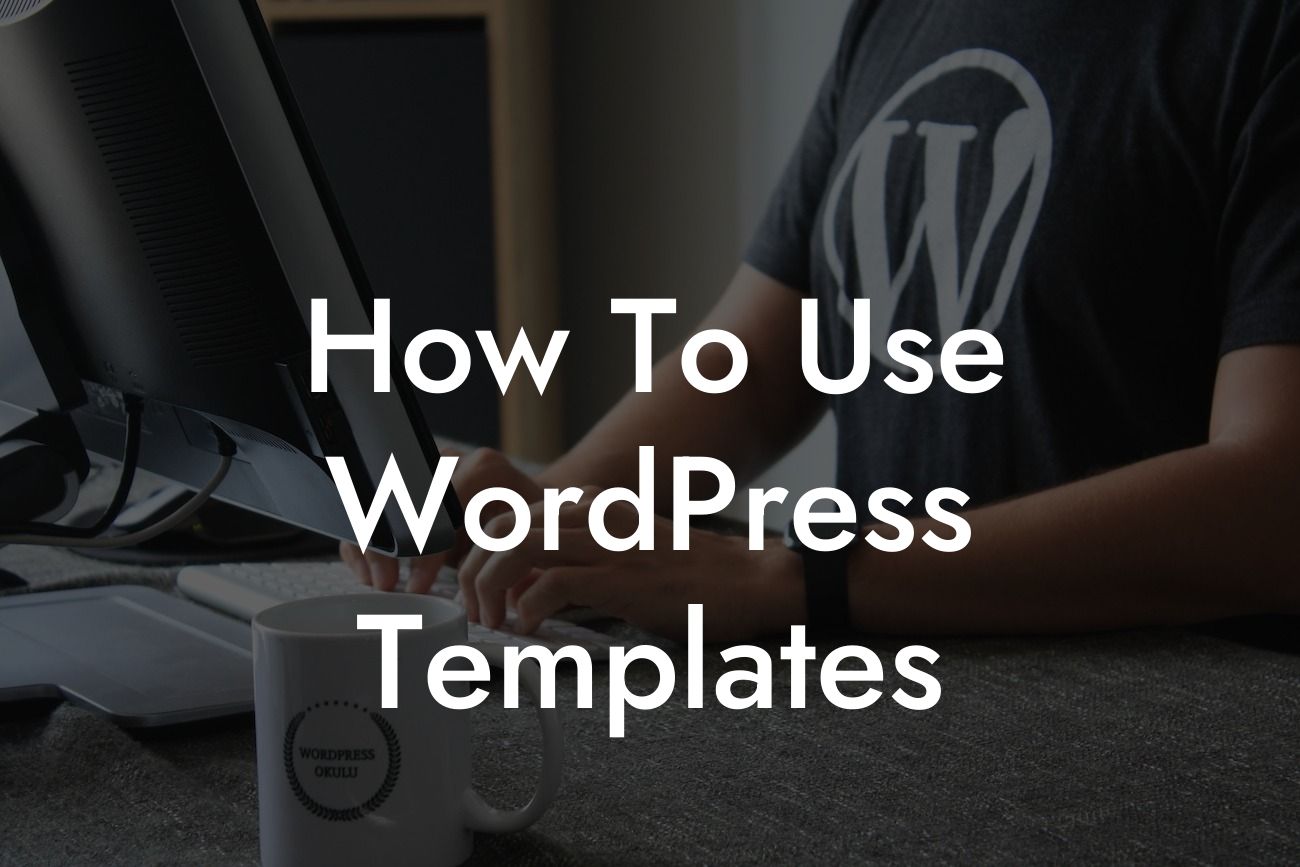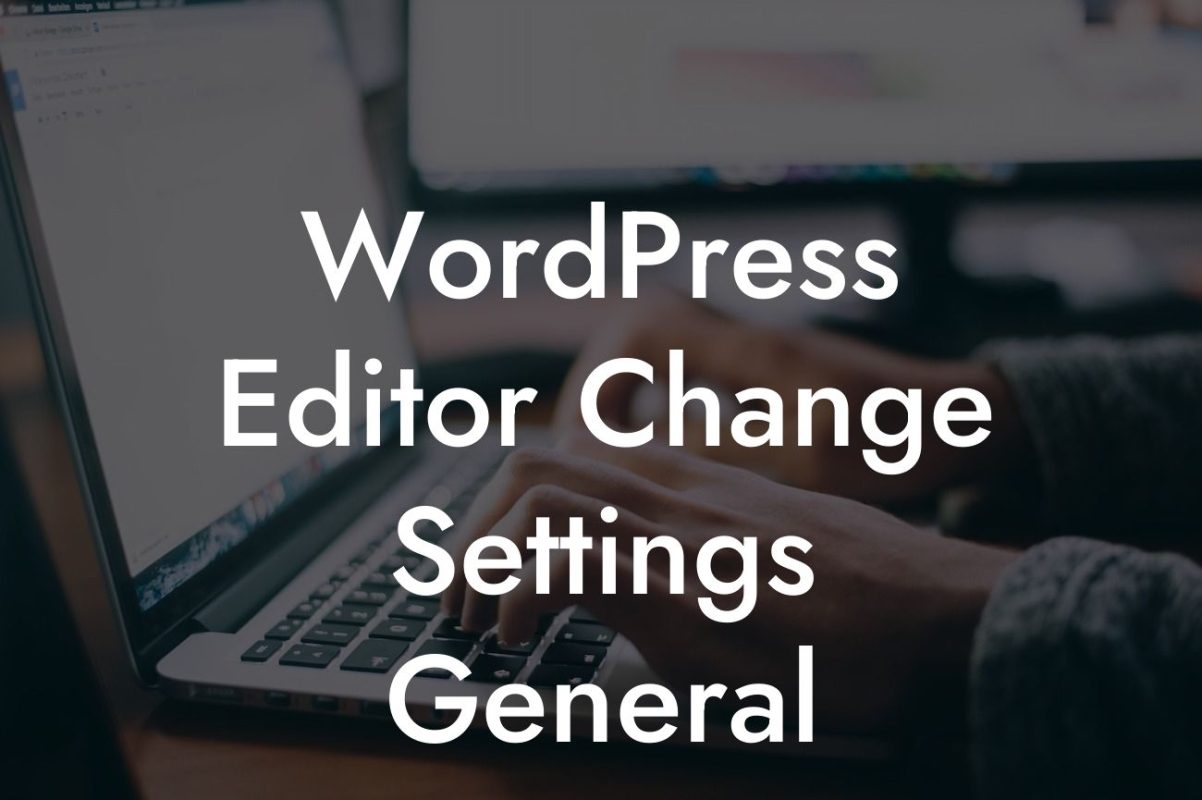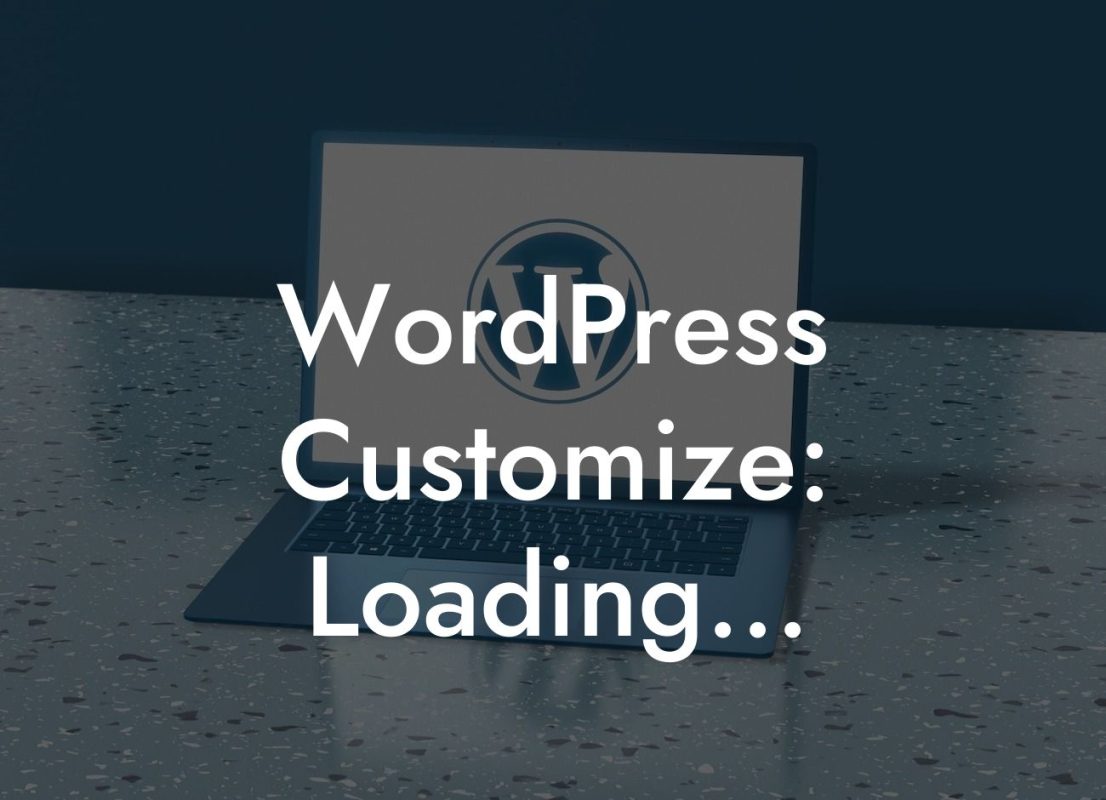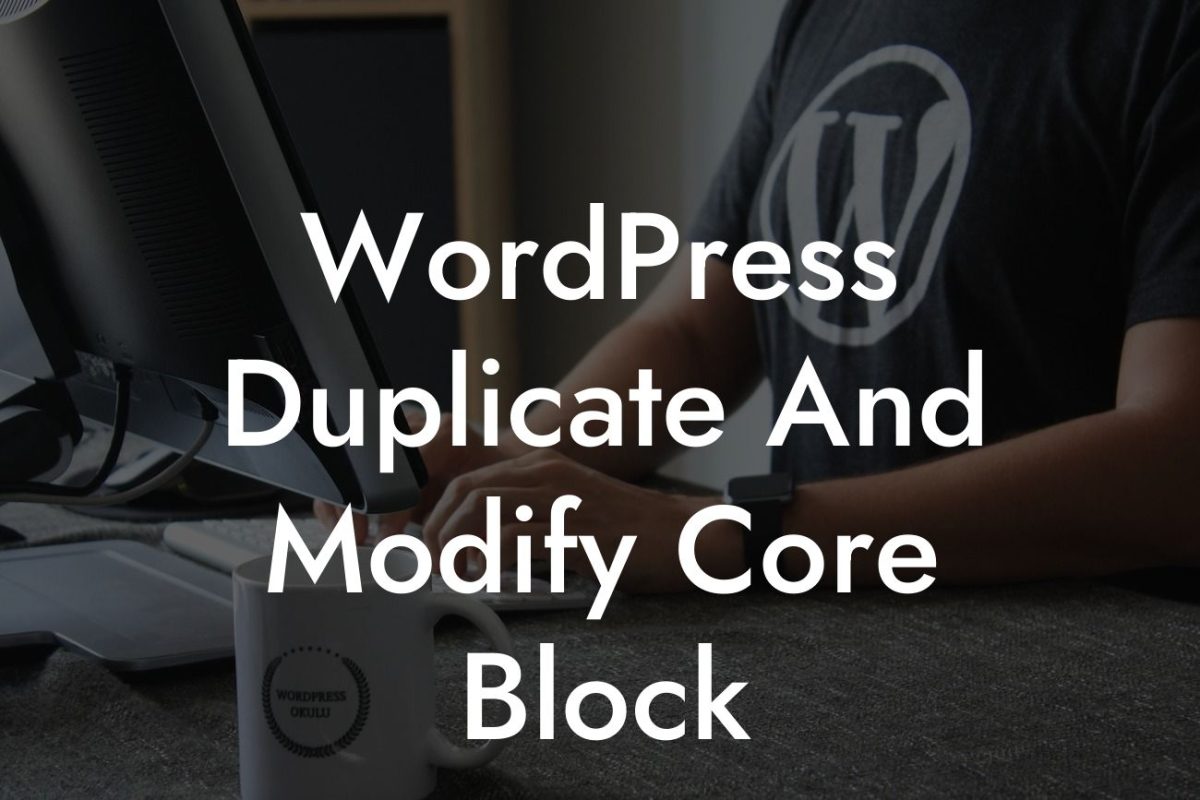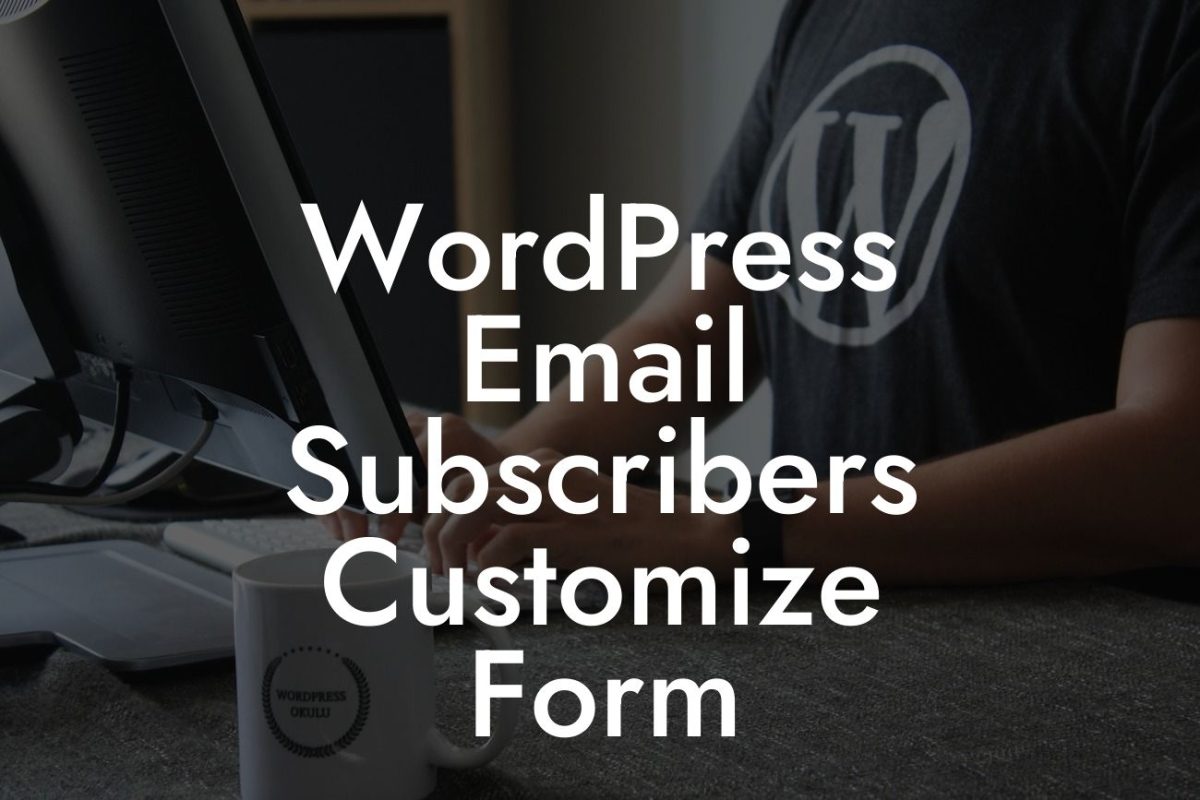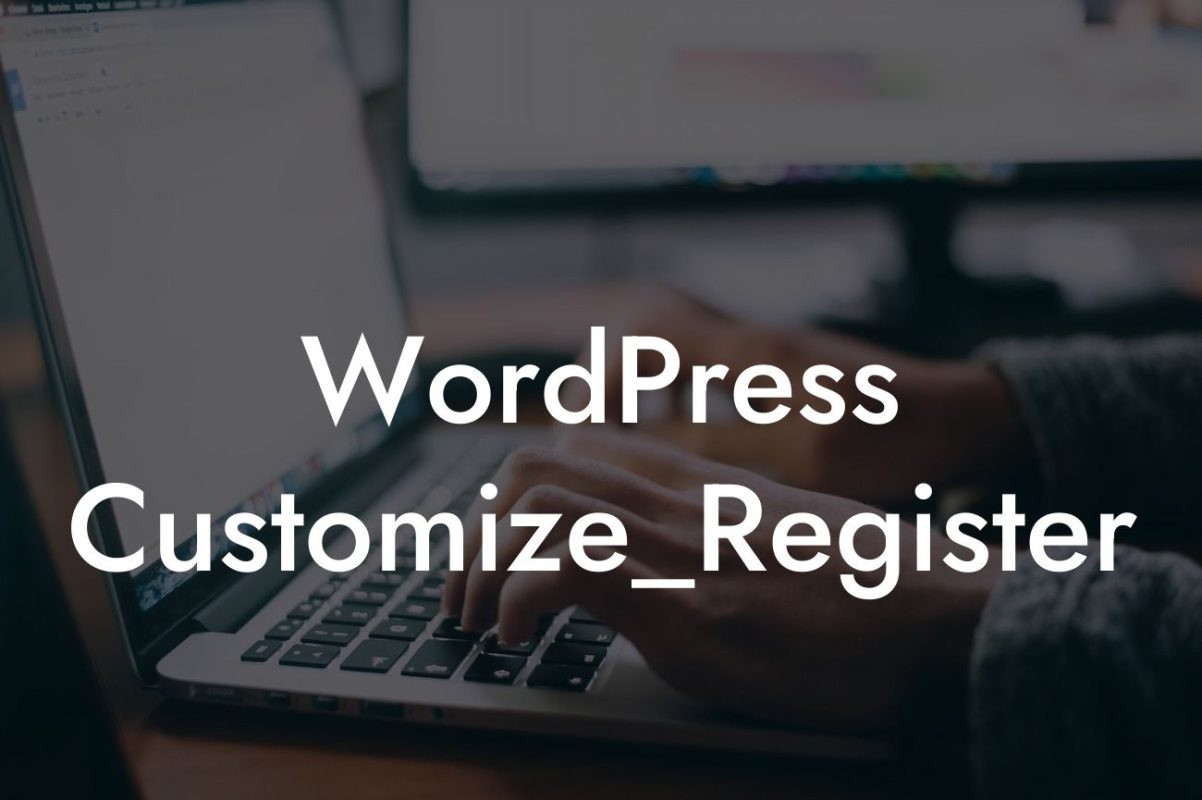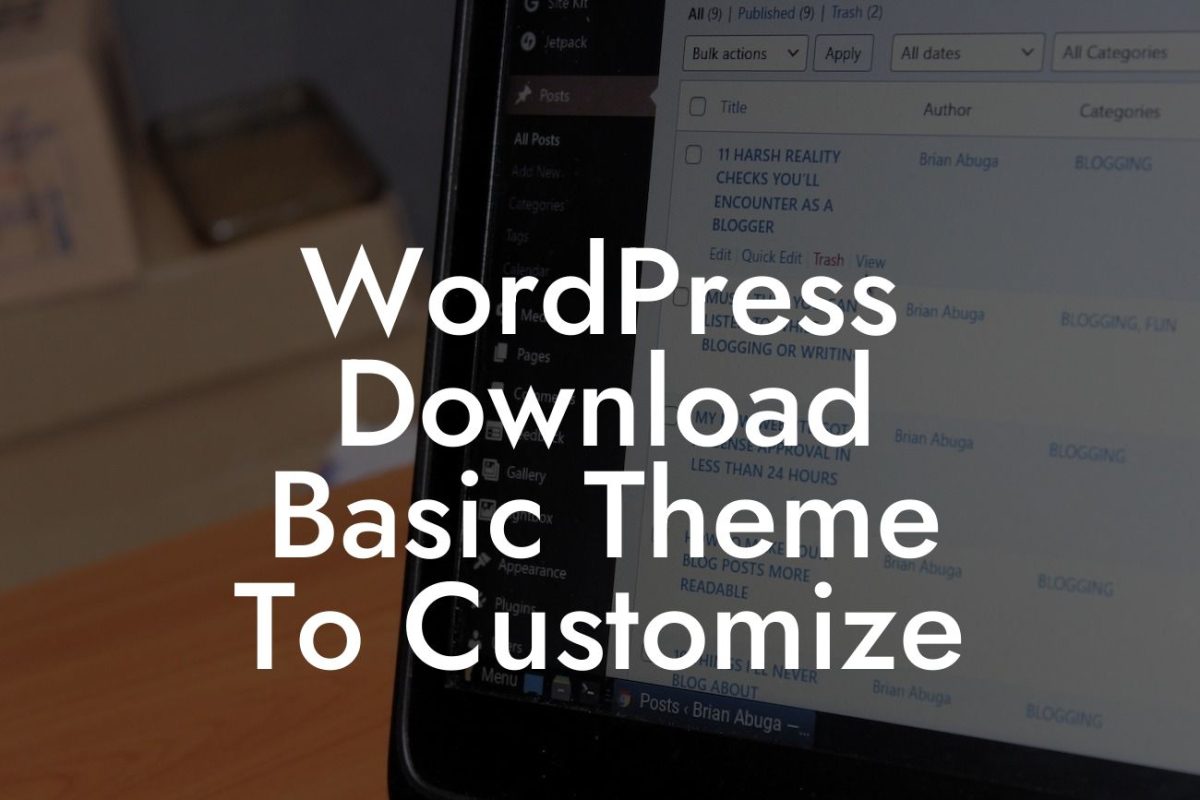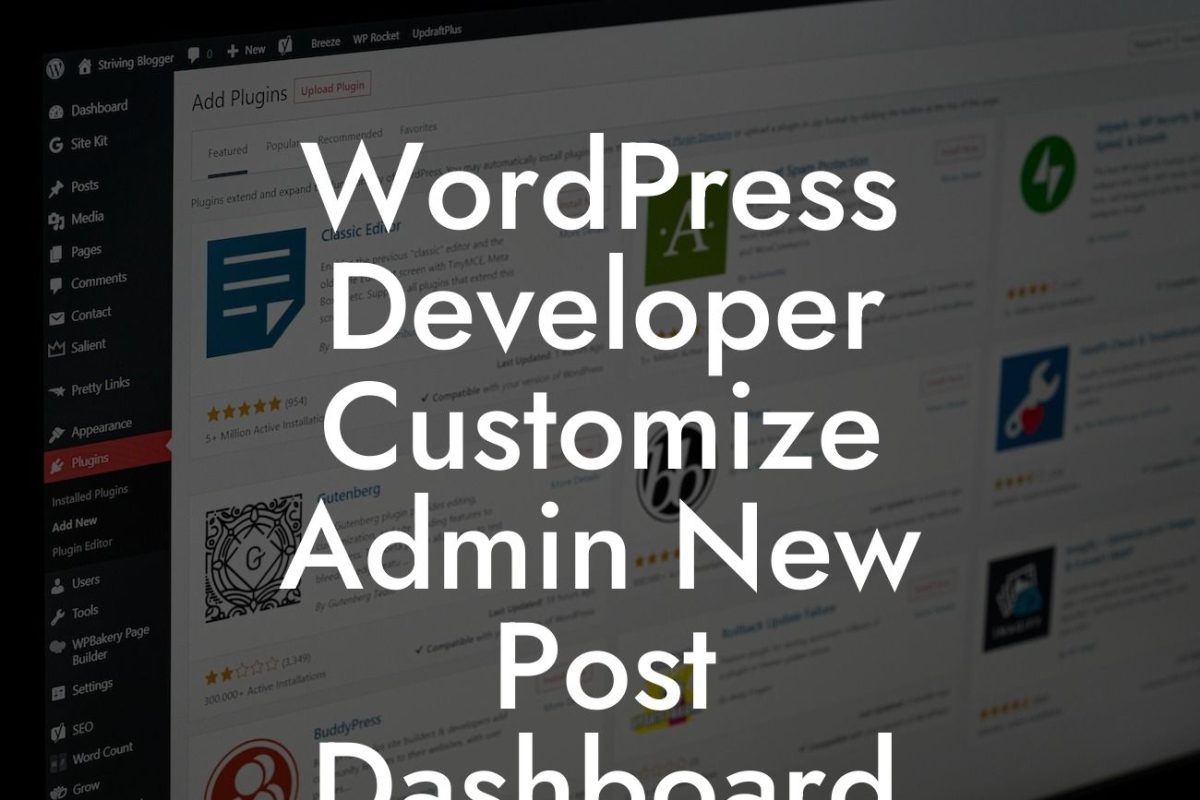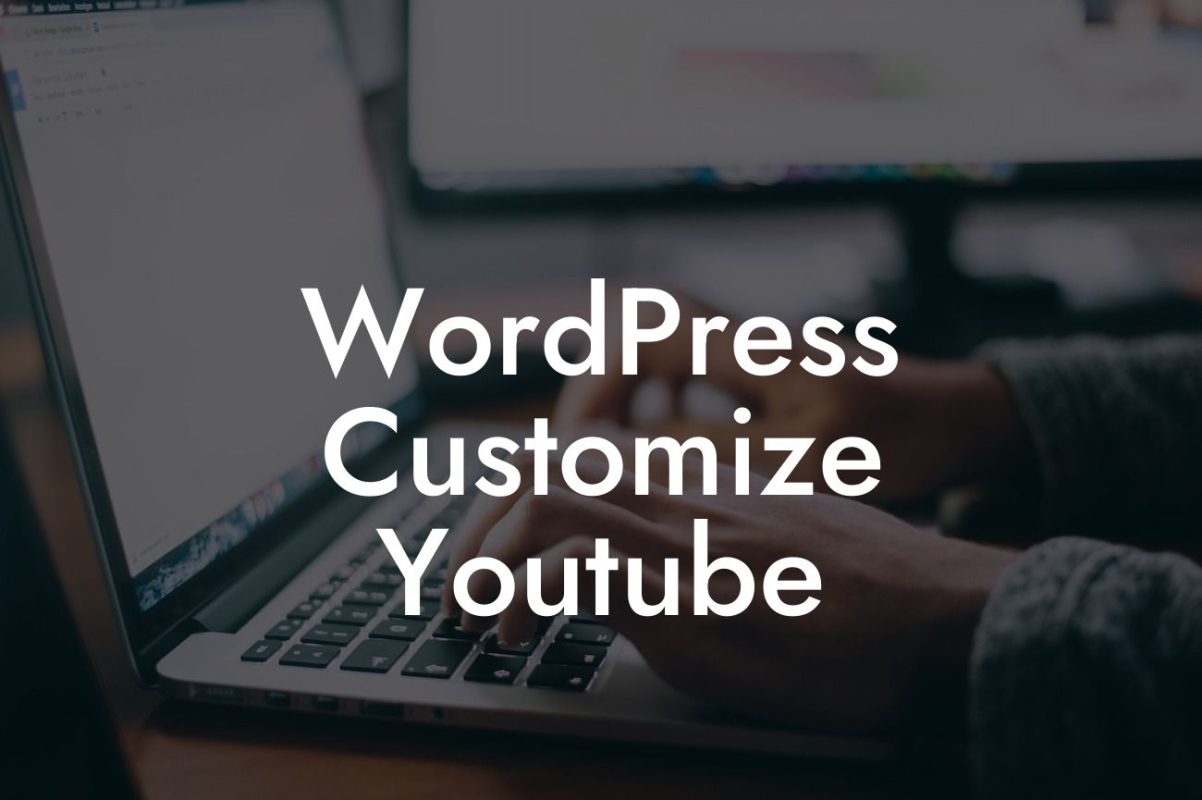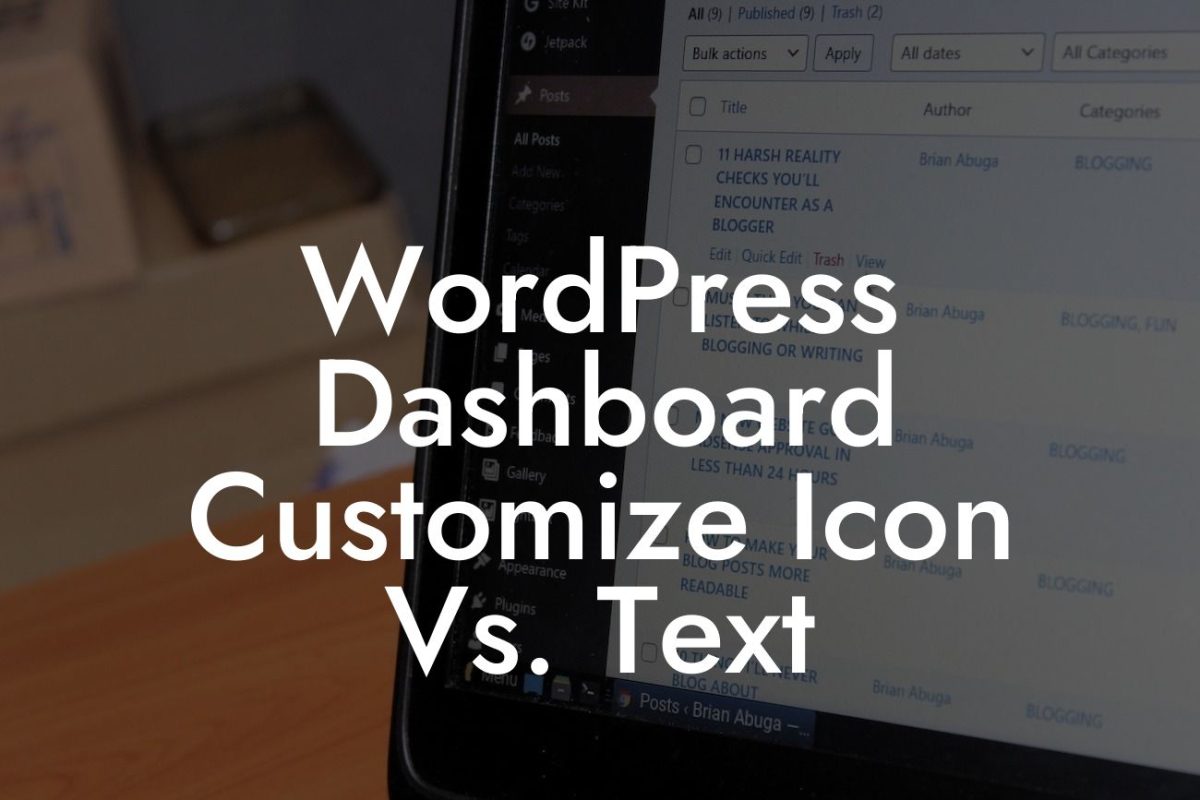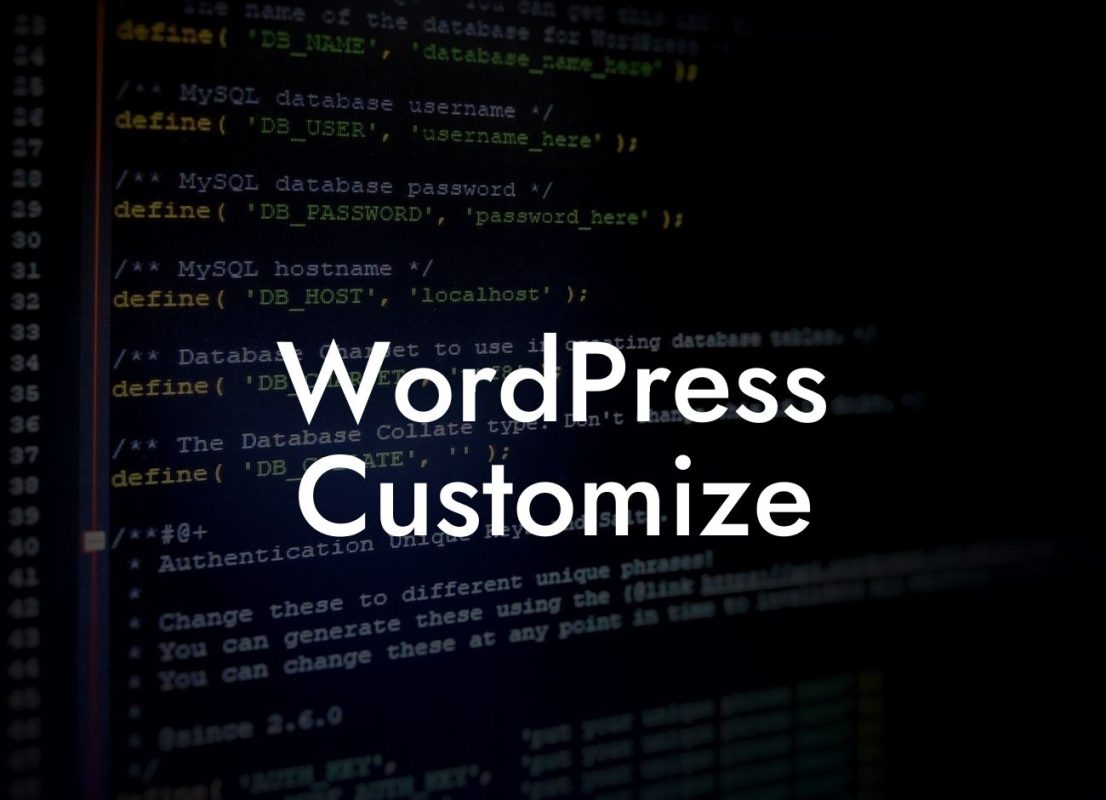WordPress templates are a game-changer for small businesses and entrepreneurs. They allow you to create stunning websites without the need for coding skills or designer budgets. In this comprehensive guide, we will walk you through the process of using WordPress templates to take your online presence to new heights. Whether you're a beginner or a seasoned WordPress user, this article will equip you with the knowledge and tools you need to stand out from the competition.
Using WordPress templates starts with understanding the benefits they bring to your business. These pre-designed themes offer a wide range of features and customization options that can save you time and money. Let's dive into the key steps involved in using WordPress templates effectively:
1. Selecting the Right Template:
- Research and explore different templates to find one that aligns with your business's goals and aesthetic.
- Look for templates that offer easy customization options, responsiveness across devices, and compatibility with essential plugins.
Looking For a Custom QuickBook Integration?
- Consider templates from reputable sources or theme marketplaces for quality assurance.
2. Installation and Setup:
- Install your chosen template within the WordPress dashboard by navigating to the "Appearance" section and selecting "Themes."
- Activate the template and customize the basic settings, such as site title, tagline, and logo.
- Explore the template's options panel or customization settings to personalize colors, fonts, layouts, and more.
3. Customizing Content and Layout:
- Use the template's built-in page builder tools or drag-and-drop interfaces to create unique layouts and arrange content elements.
- Customize headers, footers, sidebars, and navigation menus to match your brand identity and improve user experience.
- Utilize widgets and shortcodes to add interactive elements, such as contact forms, social media feeds, and testimonials.
4. Optimizing for Search Engines:
- Install an SEO plugin, such as DamnWoo's SEO Optimizer, to optimize metadata, permalinks, XML sitemaps, and more.
- Craft unique and relevant page titles,
- Ensure your template is mobile-friendly and loads quickly, as these factors significantly impact search engine rankings.
How To Use Wordpress Templates Example:
Let's say you're a small business owner in the fitness industry and want to create a website to showcase your services and attract new clients. By using an appropriate WordPress template, you can quickly customize your site to reflect your brand and start gaining online visibility. You can showcase your fitness classes, include a booking form, and even integrate social media feeds to engage with your audience. With DamnWoo's plugins, you can enhance your site further, offering features like live chat support and personalized workout plans.
Congratulations! You now have a thorough understanding of how to utilize WordPress templates effectively. Don't forget to share this article with others who might benefit from it. Explore DamnWoo's other guides to boost your online presence and take full advantage of our awesome plugins. With DamnWoo, creating an extraordinary website is within your reach. Start creating and achieving your online success today!

